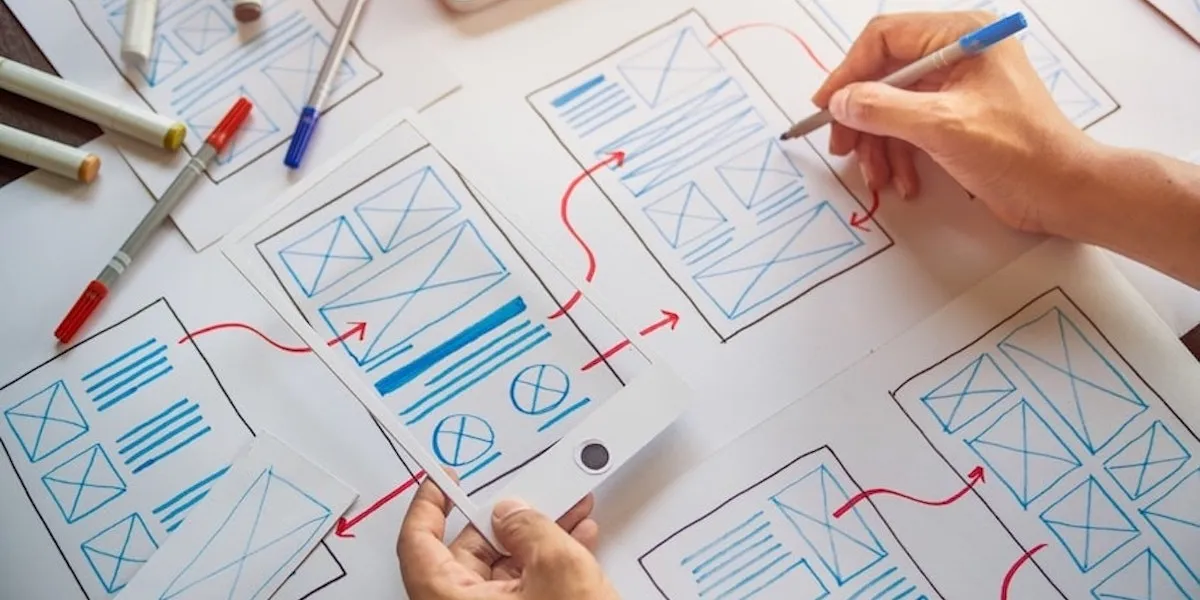Photography is a crucial part of designing a layout or banner. When thinking about an image to place with text, whether it be overlaying on the image or underneath, above, or to the sides of an image, a designer needs to consider two key factors:
- Does the image make sense?
- Does the image have a conversation with the layout?
Elements such as the dynamic imagery of people interacting, strong lines, action, or diversity are all ways that design and imagery can speak to each other.

Using these elements helps create a story for the viewer to interact with and incite a more personal experience on a larger scale. To have a viewer relate to content is achieving the ultimate goal: Fostering an emotional experience is gold-medal status.
1. Ensure The Image Speaks To The Content
When developing the design of a page with photography in mind, the closer the image relates to the content, the more likely the viewer’s eye moves around the page in a pleasing manner.
Strategically placing images on either side of the screen will help the viewer have resting time between content, which creates a “visual storyline” for the page. The images also help the user stay engaged with the page.
2. Photograph Composition Builds Directional Sight Lines
Make sure that the main element of the image — such as the people or subject matter — is placed to the right or left. (The exception being the positioning of the direction of the content in an advertisement or banner) If it’s in a layout, making sure to have the image point in the direction of the content that viewer’s need to be directed to focus on first, is crucial.
3. Appropriate Image Content Enhances The Story
Make sure the subjects in the image are both dynamic as well as inclusive. All subjects should tell a story to help the user understand what the content will say, like the synopsis of a paragraph.
4. Complimentary Color Theory Provides Both An Aesthetic And User-Friendly Experience
Studies have shown that a dark background with the text knocked out makes for a more eye-grabbing advertisement.
For example, if the image is being used for an advertisement, it’s easier for users to read smaller text if it’s dark text on a light background.
It’s imperative to make sure the section where the text sits is not too busy. The user needs (and wants) to authentically experience content without strenuous distraction.
Closing Thoughts
Keeping all these elements in mind while looking for imagery to “illustrate” a layout or advertisement will help any user have a better user experience.